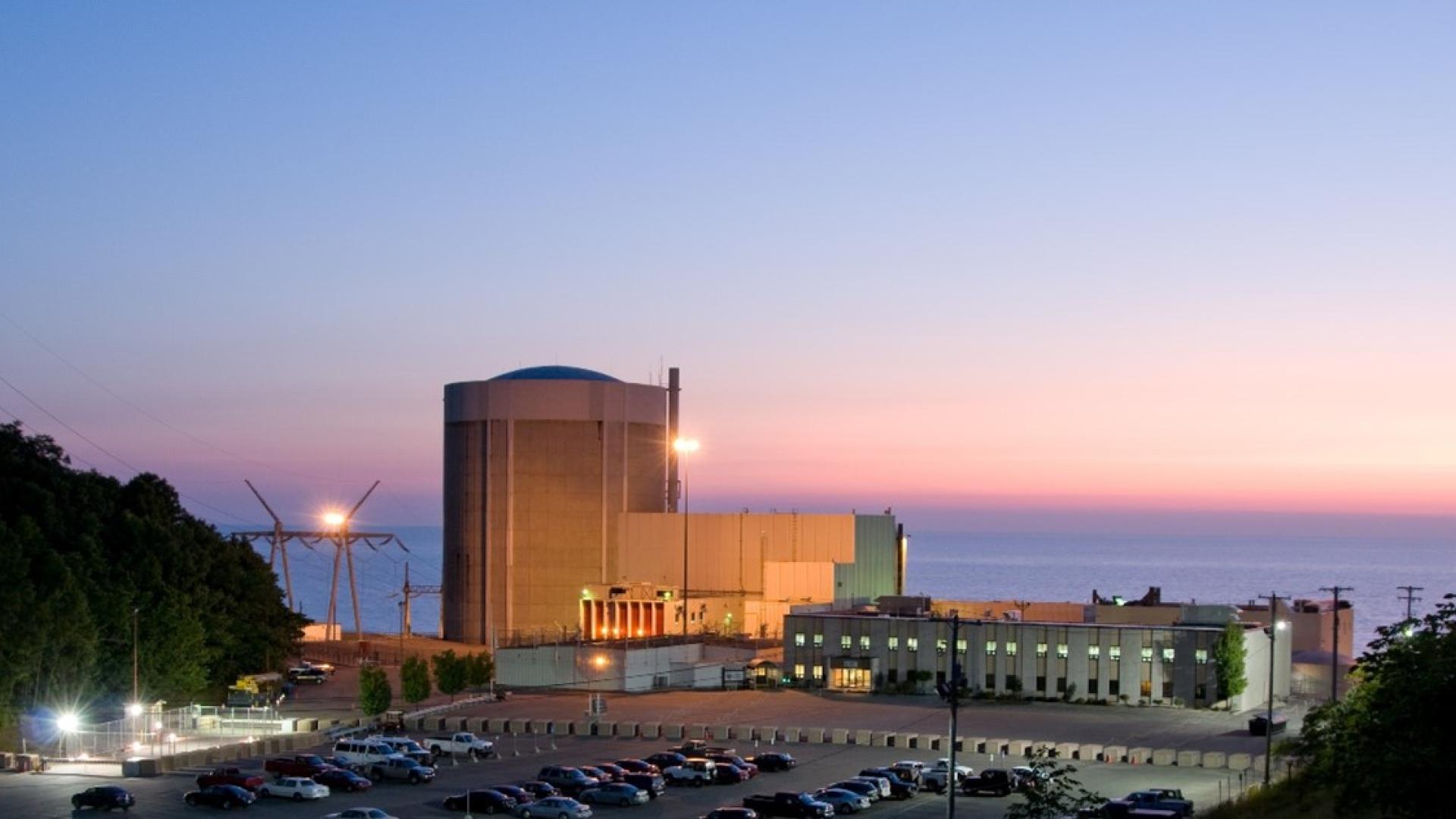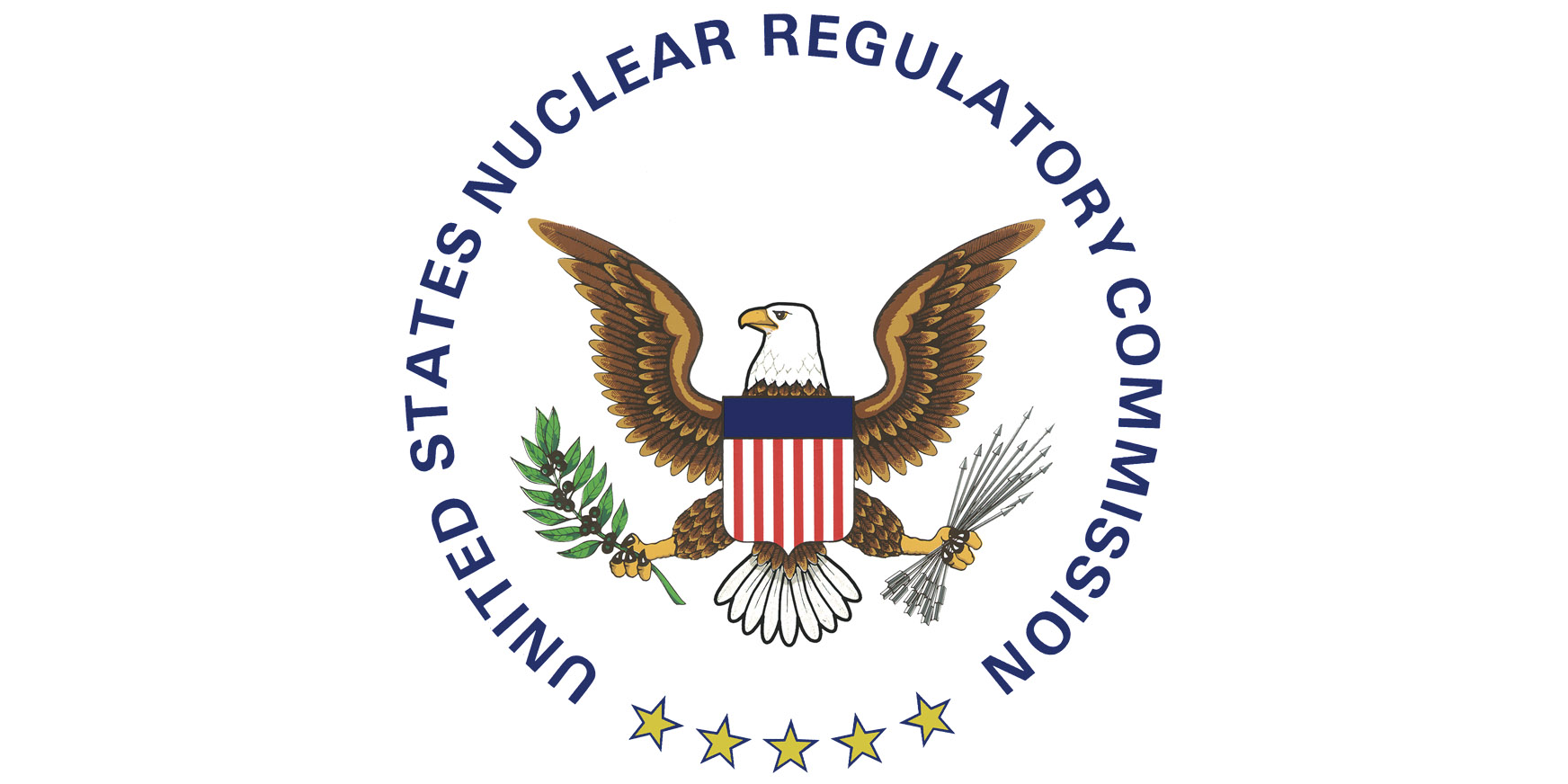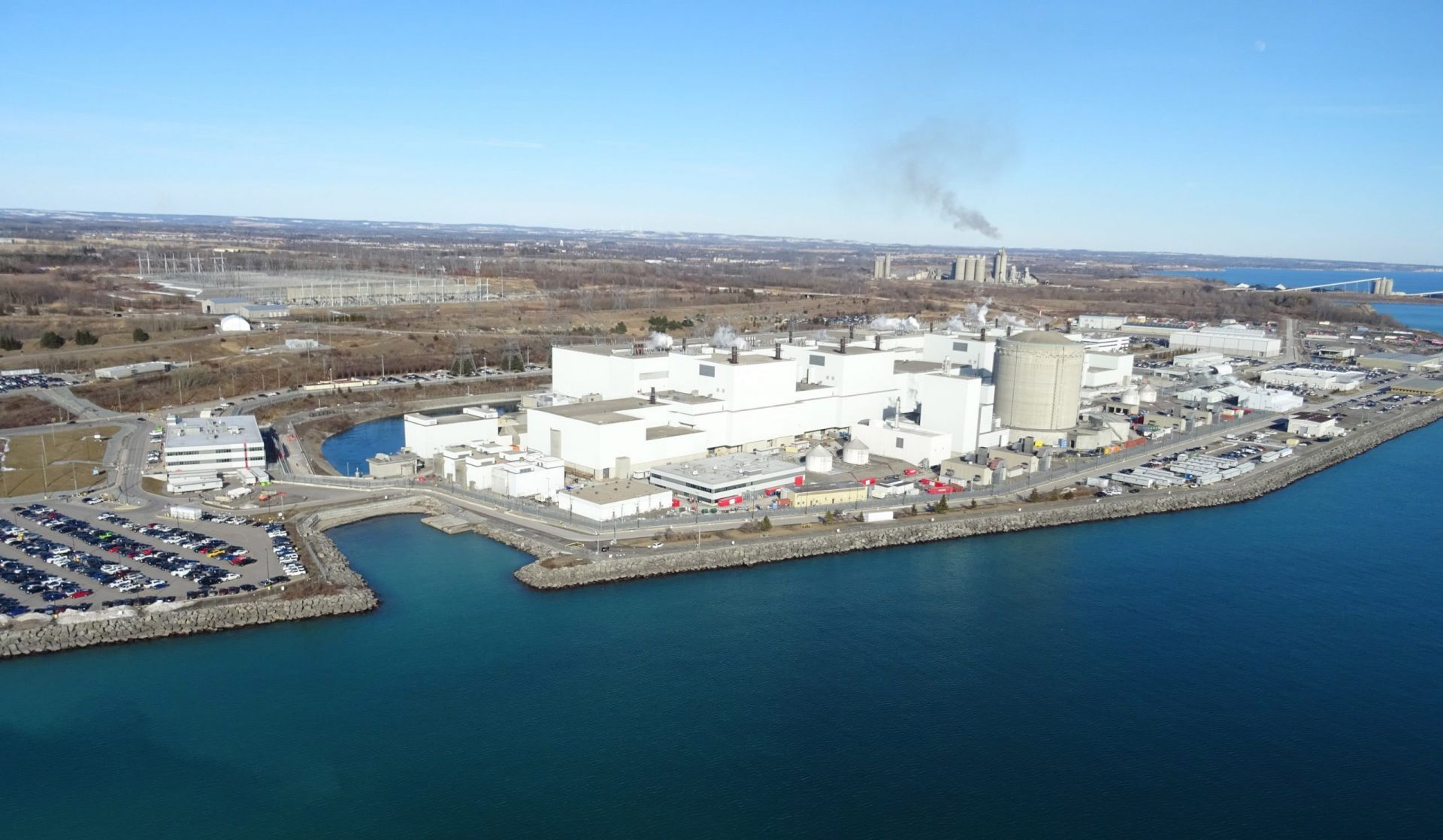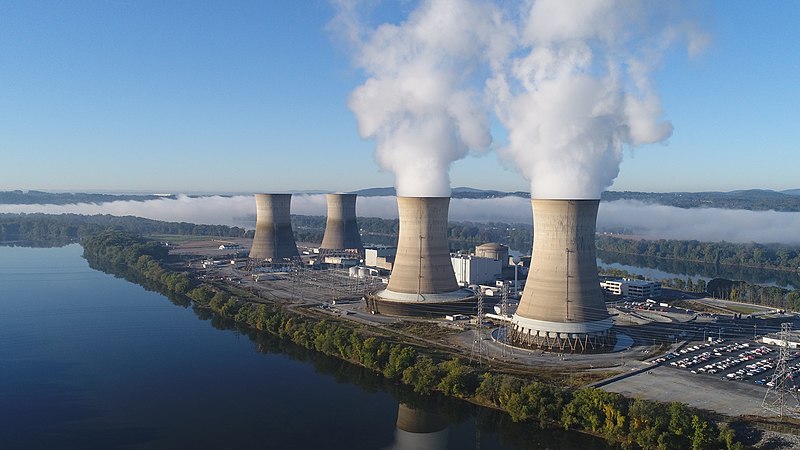V.C. Summer nuclear power plant. (Photo: DJ Shaw)
The Nuclear Regulatory Commission is asking for public feedback on the environmental report for a subsequent license renewal (SLR) request from Dominion Energy, the owners of V.C. Summer nuclear power plant in South Carolina.
The Diablo Canyon plant. (Photo: Doc Searles)
The Nuclear Regulatory Commission is asking for public comment on its draft supplemental environmental impact statement for Diablo Canyon’s license renewal request.
The Susquehanna nuclear power plant. (Photo: Talen)
The Federal Energy Regulatory Commission has denied plans for Talen Energy to supply additional on-site power to an Amazon Web Services’ data center campus from the neighboring Susquehanna nuclear plant in Pennsylvania.
November 1, 2024, 3:02PMNuclear NewsClaire Pieper and Dan Scholz A fatigue management program is used at
Xcel’s Monticello nuclear plant. (Photo: Indeavor)
Fatigue has been identified as a major risk factor in industrial accidents. According to the National Safety Council, 13 percent of workplace injuries can be attributed to fatigue.1 Other research indicates that working 12 hours per day is associated with a staggering 37 percent increase in risk of injury.2 Considering fatigue was a contributing factor to major nuclear accidents at Chernobyl and Three Mile Island, it makes sense that the Nuclear Regulatory Commission imposes hefty fines to ensure strict adherence to its fatigue management regulations—particularly, Code of Federal Regulations Title 10, Part 26, “Fitness for Duty Programs.”
October 25, 2024, 2:58PMNuclear NewsGeoffrey Campbell and Christopher Koehler The clevis bolt replacement team working in parallel off of the refueling bridge. This team is working directly on the reactor vessel clevis with a first-of-a-kind docking station. (Photo: Westinghouse)
Unit 2 at the Prairie Island nuclear power plant near Red Wing, Minn., underwent an outage in fall 2023, which included extensive work on the reactor vessel using a novel approach to replace baffle-former bolts and lower radial clevis insert bolts. The work relied on extensive analysis beforehand to determine which bolts to replace such that only the new bolts were structurally credited for performance of their safety function. This proactive approach eliminated the need for costly contingencies associated with inspections.
The BONUS nuclear power plant. (Photo: DOE)
An article on the Huffington Post examines the prospects for re-establishing nuclear energy in Puerto Rico, uncovering a mix of positive and negative attitudes toward nuclear power in the U.S. territory.
Master Chemistry Technician Tolbert Livingston in Chemical Controls. (Photo: Wolf Creek)
Sam Lochmann is a well-respected sergeant in the security department at the Wolf Creek nuclear power plant near Burlington, Kan. The plant, a 1,200-MWe Westinghouse pressurized water reactor operated by Wolf Creek Nuclear Operating Corporation (WCNOC), had its 26th refueling outage this past spring.
At Amazon facilities in Virginia, Energy Secretary Jennifer Granholm celebrated support for new reactor deployments and announced that the DOE was accepting applications for SMR deployment funding. (Still shot from a video hosted on YouTube by The Climate Pledge)
Yesterday morning as Amazon, X-energy, Energy Northwest, and Dominion Energy were sharing a spotlight celebrating their investment in X-energy’s high-temperature gas-cooled reactor technology, the Department of Energy opened up the application process for up to $900 million in cost-shared funding to support the initial domestic deployment of a different type of reactor—light water reactors generating about 300 MWe that the DOE calls Gen III+ small modular reactors.
Nuclear stakeholders celebrate “powerful clean energy comeback story”
The Palisades nuclear power plant. (Photo: Holtec International)
With a $1.52 billion loan from the Department of Energy and $1.3 billion in grants to rural electric cooperatives near the plant, the ambitious plans to restart Michigan’s Palisades nuclear plant next fall are moving ahead.
Palisades nuclear power plant in Covert, Mich. (Photo: Entergy)
The Michigan Department of Environment, Great Lakes, and Energy (EGLE) is holding a virtual public hearing on Tuesday, October 1, to provide information and take comments on the proposed reissuance of a surface water permit for Palisades nuclear plant in Covert, Mich.
The Darlington nuclear power plant. (Photo: OPG)
Ontario Power Generation’s expansive refurbishment project on its four 878-MWe CANDU units at the Darlington nuclear power plant is proceeding faster than expected, OPG announced on September 17.
Before shutdown of the plant, the working cooling towers of TMI-1 are on the right. The dormant cooling towers on the left are for Unit 2, which was permanently closed because of the 1979 accident. (Photo: Constellation Energy)
Nuclear powerhouse Constellation announced today the signing of a 20-year power purchase agreement with Microsoft that will pave the way for the restart of Three Mile Island Unit 1—under a new name to honor Chris Crane, former chief executive of Exelon when Constellation was part of the larger company.



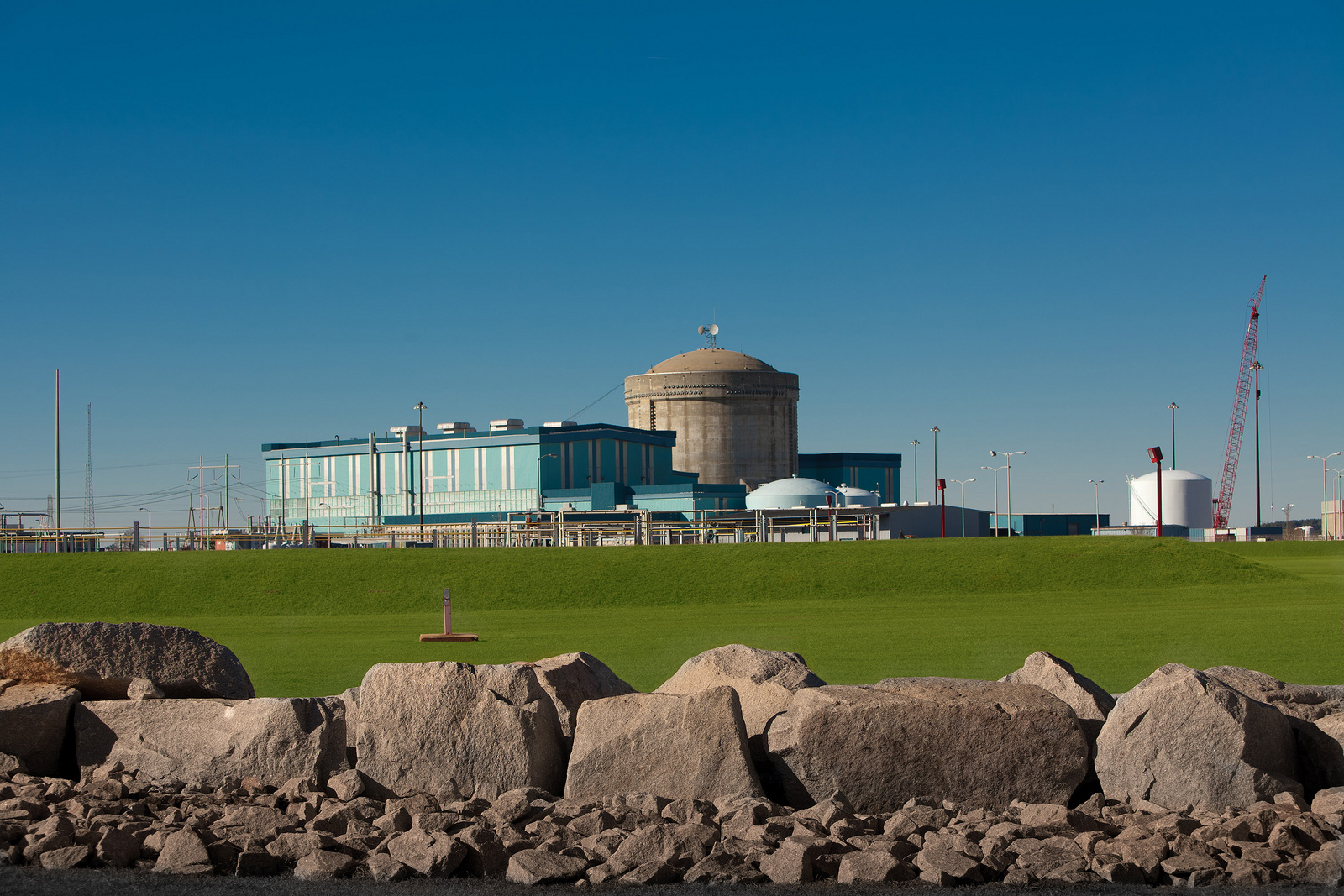

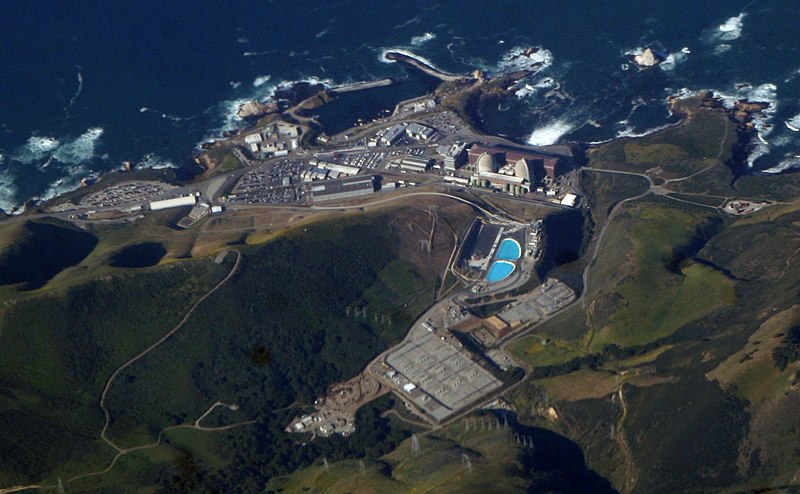
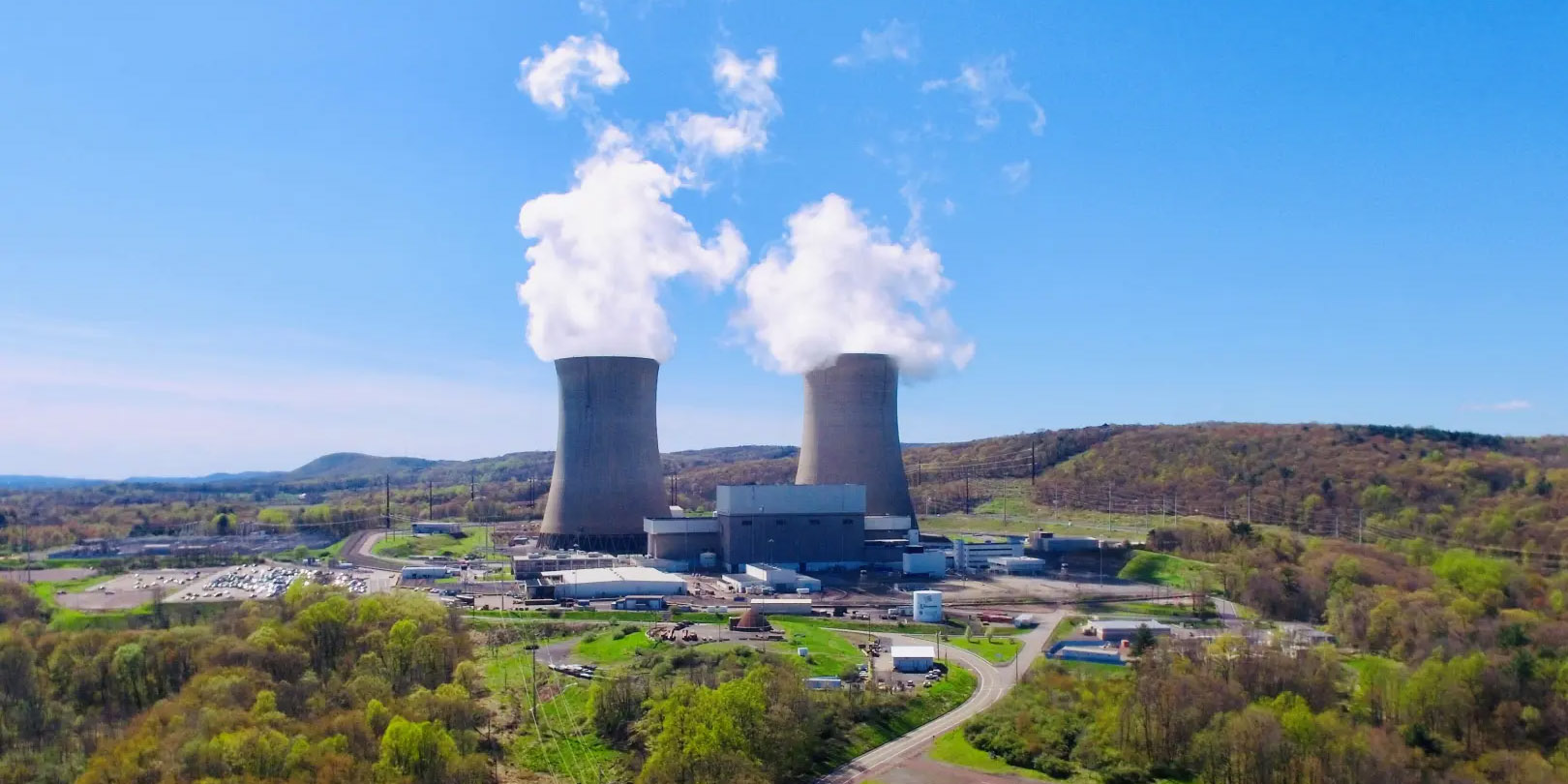



.png)





